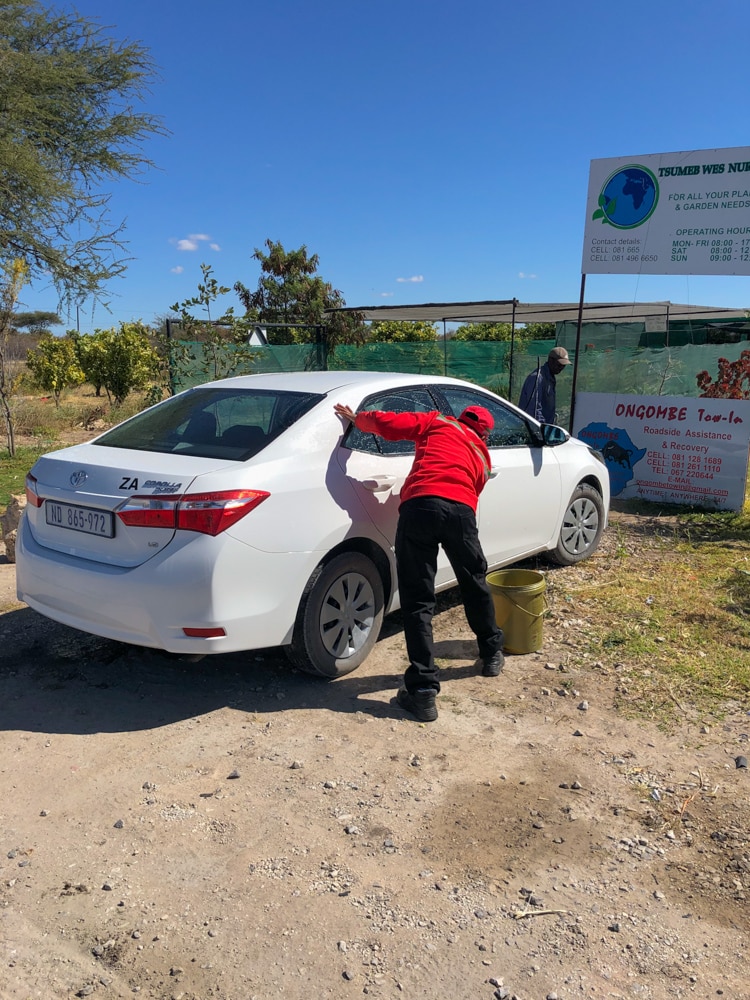For many people, it’s not easy being a passenger when someone else is driving. It could be the school run, a quick lift from a friend, or even hitchhiking. No matter the scenario, passengers often feel tense or powerless because they can’t control the route, the speed, or how carefully the driver handles the car and can be left silently wishing the journey would end. But the good news is that being a passenger doesn’t mean you’re helpless. Here’s how, with a few mindful habits and adjustments, you can travel more calmly, communicate better, and even reduce the risk of injury if something goes wrong.

Passenger in a car can always make sure the care is clean.
Start with what you can control physically
Physical comfort can go a long way to making you feel more secure. Before the car moves, take a few seconds to adjust your seat position, belt fit, and headrest height. These are the basics that will protect you if there’s an impact. And remember that a properly fitted seatbelt sits across the chest and pelvis, not over your stomach or neck. Also, keep heavy bags and purses off your lap since they can cause injury if the car stops all of a sudden. Adjust air vents or clothing layers to prevent overheating (feeling warm can increase anxiety). If you have a tendency to be car sick, sit facing forward and keep your gaze steady on the horizon in front.
How to raise safety concerns without spoiling the mood
It’s never easy to tell someone they’re driving too fast or should stop glancing at their phone. But you need to speak up. Use calm language and frame your request around a genuine feeling. For example – ‘Would you mind slowing down a little bit, please? I get really nervous in fast traffic’ conveys the message without sounding accusatory or critical.
Get involved: Turn travel time into relaxation time
Why not see yourself as a co-pilot on the journey rather than being driven around? Even a bit of participation can transform your mindset from passive (and helpless) to proactive and part of the process. For example, you could offer to help the driver navigate using an app (so they don’t need to look at their own phone), choose relaxing music, or plan breaks if you’re on a long drive. A good passenger will help shape the trip’s rhythm and ease their own anxiety as a bonus.
Know your legal rights if something goes wrong
Even if you’re the passenger in the car, you still have legal rights. For example, if you’re injured in a collision caused by another road user (or by the person driving), you are entitled to legal protection and support after the accident. It’s a recognition that passengers rarely have control over events, yet still suffer the consequences. Knowing this information in advance provides reassurance that if something does go wrong, you’re not powerless, and there are clear next steps to protect yourself.
Adopt the confident passenger mindset
You want to feel safe as a car passenger, but this doesn’t mean you need to control the driver. It’s all about controlling your own experience and actions. Adjust your seat, speak up respectfully, stay aware, and remember your rights. Just a bit of awareness, small choices, and communication will turn even the most stressful journey into a calm one.
Adventure on!








